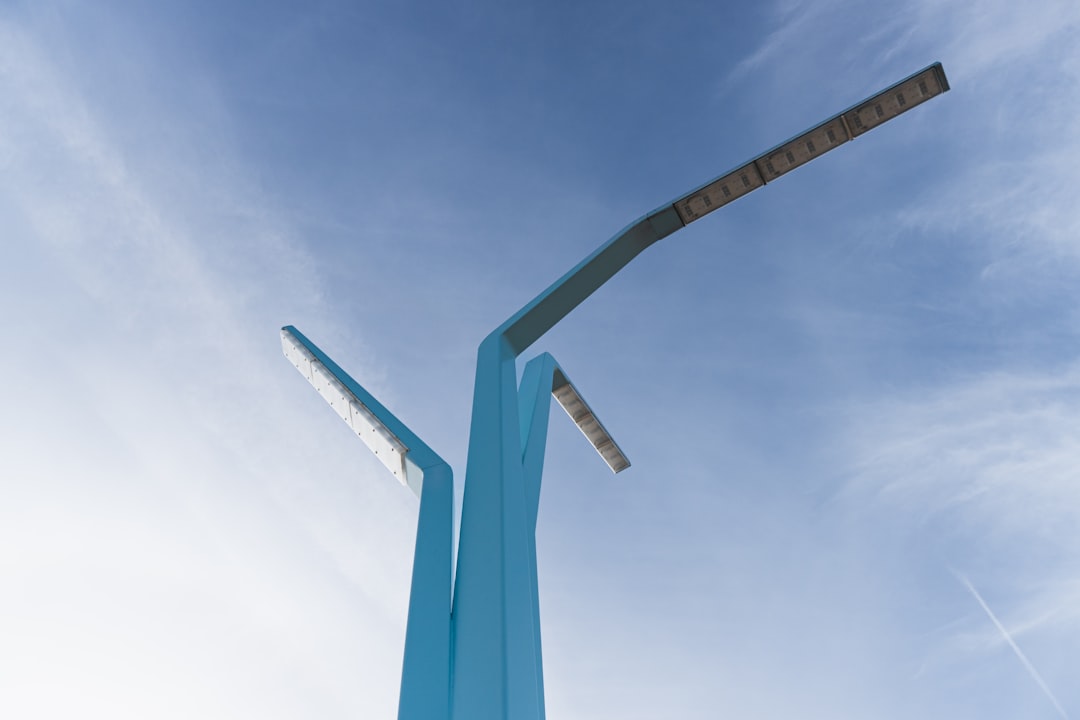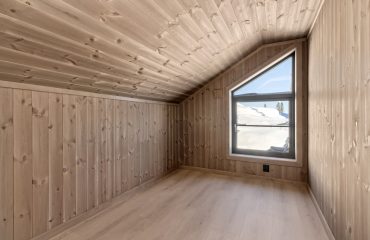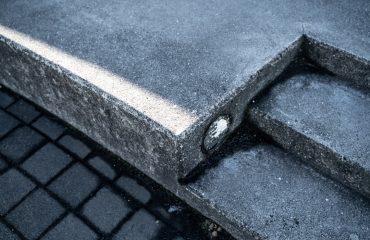Wind turbines, the silent giants of renewable energy, rely on a complex interplay of engineering marvels to harness the power of the wind. While the blades themselves capture the kinetic energy, their efficient and reliable operation hinges critically on the robust support systems that hold them in place. These systems, often overlooked, are crucial for the longevity, performance, and safety of the entire turbine. This post delves into the fascinating world of wind turbine blade support systems, exploring their design, materials, maintenance challenges, and future innovations.
1. The Anatomy of a Blade Support System: A Closer Look
A wind turbine blade support system isn’t a single component but rather a sophisticated network of parts working in concert. The primary function is to securely attach the blade to the rotor hub, allowing for controlled rotation while withstanding immense forces – both from the wind itself and from the centrifugal forces generated during operation. Key components include:
- Pitch Bearing: This crucial element allows the blade to rotate around its longitudinal axis, enabling pitch control (adjusting the blade angle to optimize energy capture or feather the blade during high winds or shutdown). These bearings are typically designed to withstand high loads and operate reliably in harsh environmental conditions.
- Blade Root Connection: This is the physical interface between the blade and the hub. It often involves a complex arrangement of bolts, flanges, and potentially composite materials to ensure a strong and fatigue-resistant connection. The design must accommodate thermal expansion and contraction, as well as the bending and torsional stresses experienced by the blade.
- Hub Assembly: The hub acts as the central connection point for all three blades. It’s a robust structure designed to distribute the loads evenly and provide a stable platform for the rotating assembly. The hub design must account for the weight of the blades, the aerodynamic forces, and the stresses from centrifugal forces.
- Safety Mechanisms: Redundant safety mechanisms are integrated to protect the turbine from catastrophic failure. These can include shear pins, overload protection systems, and backup support structures that prevent blade detachment in the event of extreme loading conditions.
2. Materials Science in Blade Support: Strength and Durability
The choice of materials for blade support systems is critical, as these components must endure extreme stresses and environmental conditions for decades. High-strength steels, advanced composites (like carbon fiber reinforced polymers), and specialized alloys are commonly used. The selection depends on factors such as cost, weight, fatigue resistance, and corrosion resistance. Advanced composites offer a compelling combination of high strength-to-weight ratio and fatigue resistance, making them increasingly popular in modern designs. However, their cost and manufacturing complexity remain considerations.
3. Maintenance and Inspection: Ensuring Operational Reliability
Regular maintenance and inspection are paramount for ensuring the long-term reliability and safety of wind turbine blade support systems. This typically involves visual inspections, non-destructive testing (NDT) techniques (such as ultrasonic testing and radiography) to detect internal flaws, and regular lubrication of bearings. Advanced monitoring systems, incorporating sensors and data analytics, are increasingly used to track the health of the support system and predict potential failures, enabling proactive maintenance and reducing downtime.
4. Technological Advancements: Shaping the Future of Support Systems
Ongoing research and development are constantly pushing the boundaries of wind turbine blade support system technology. This includes exploring new materials with even higher strength-to-weight ratios, developing more sophisticated monitoring and diagnostic systems, and designing more robust and efficient bearing systems. Additive manufacturing (3D printing) offers the potential to create highly customized and optimized support structures, while advancements in artificial intelligence and machine learning are enabling predictive maintenance strategies that minimize downtime and maximize the operational lifespan of turbines.
5. The Impact of Blade Size and Design on Support Systems
The ever-increasing size of wind turbine blades presents significant challenges for support system design. Larger blades generate greater aerodynamic loads and centrifugal forces, demanding more robust and sophisticated support structures. The design of the blade itself also influences the support system requirements. For example, blades with complex aerodynamic profiles may necessitate more sophisticated pitch control mechanisms and bearing systems. Furthermore, the material composition of the blade (e.g., composite vs. traditional materials) influences the design of the root connection and the overall support system architecture.
In conclusion, wind turbine blade support systems are far more than just simple connections; they are crucial engineering components that underpin the efficiency, reliability, and safety of wind energy generation. Ongoing innovation in materials science, monitoring technologies, and design methodologies will continue to enhance their performance and contribute to the growth of sustainable energy solutions.
SEO Tags: Wind turbine blades, blade support systems, wind turbine maintenance, wind turbine technology, renewable energy




